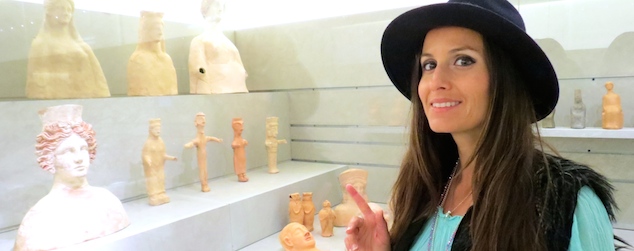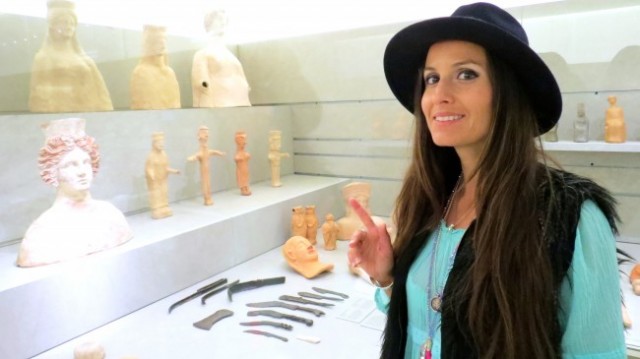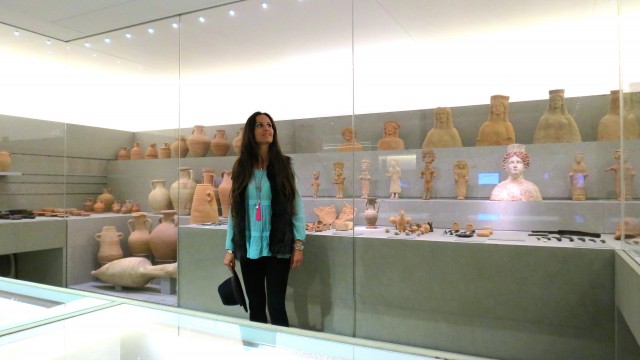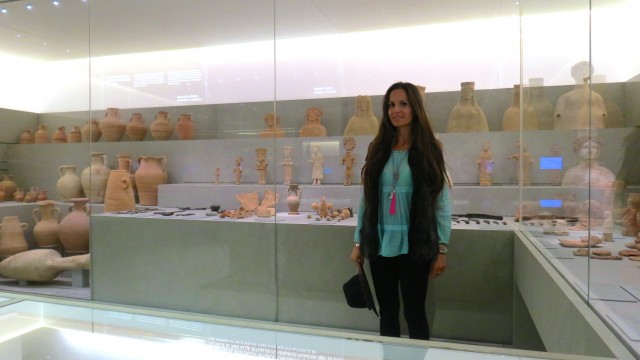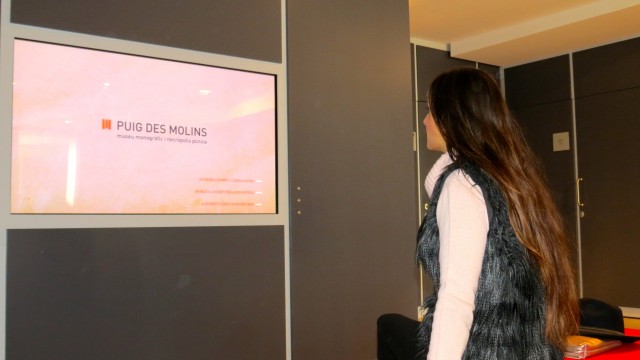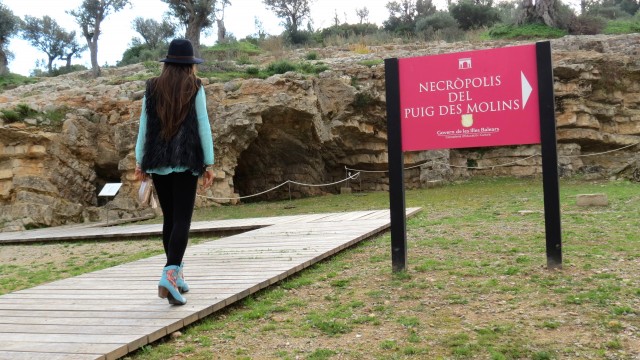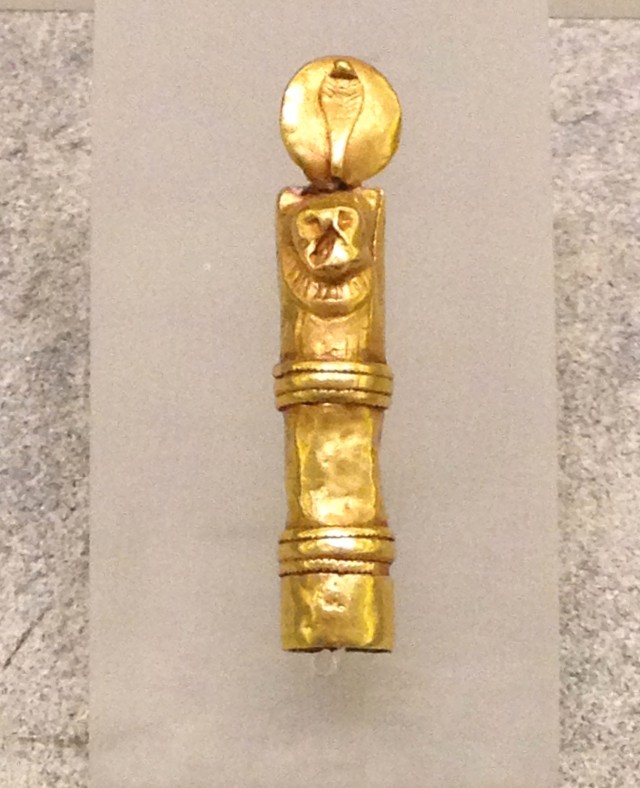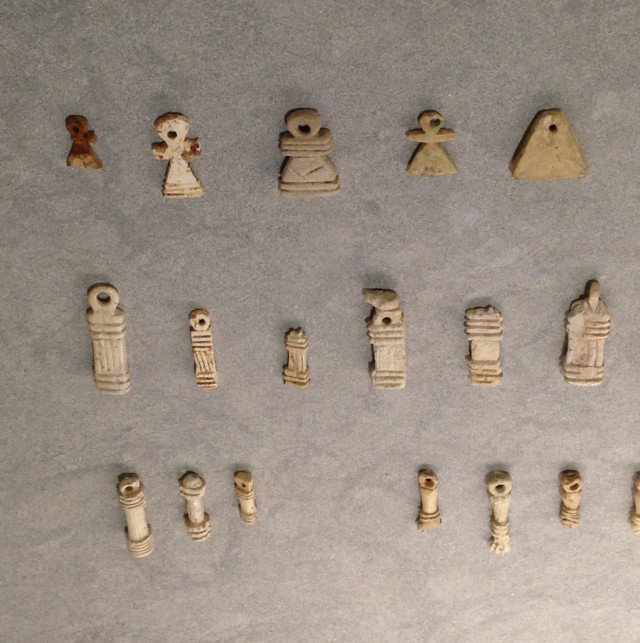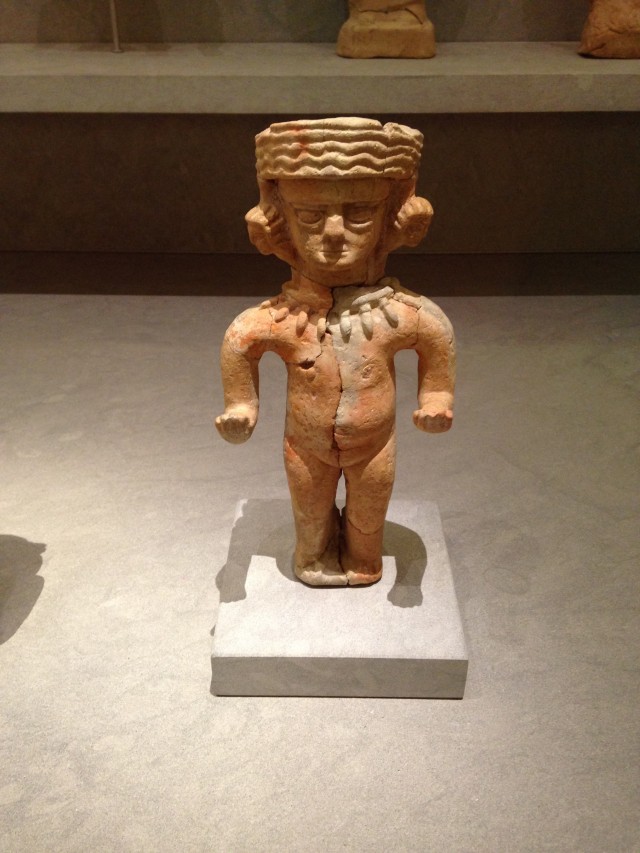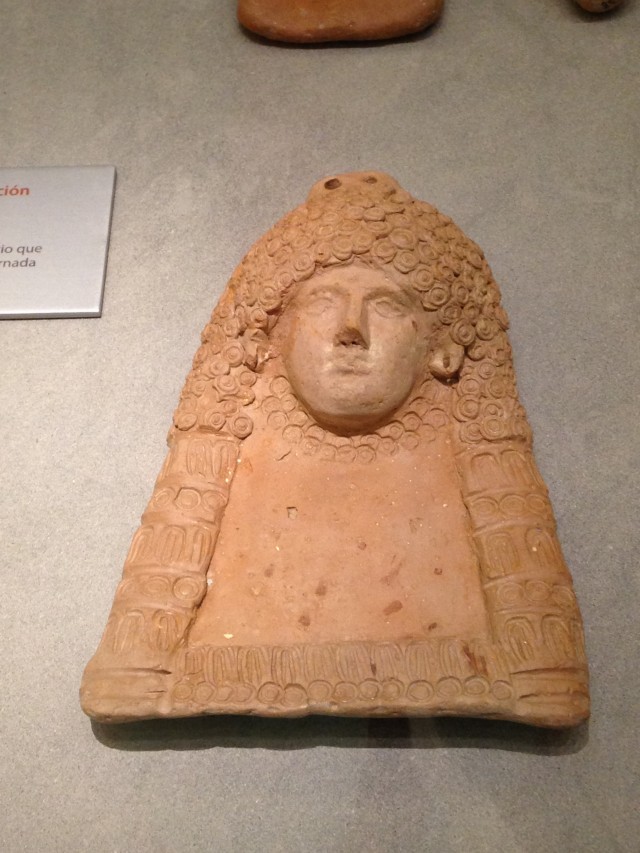If you love to know the story of Ibiza through its ancient monuments and archaeological remains, here there are the places to visit around the island protected by Bes and Tanit.
Si os gusta conocer la historia de Ibiza a través de sus antiguos monumentos y restos arqueológicos, aquí estan mis consejos sobre los sitios históricos y arqueológicos que hay que visitar en mi amada isla protegida por Bes y Tanit.
Se amate conoscere la storia di Ibiza attraverso i suoi antichi monumenti e resti archeologici, ecco miei consigli sui luoghi storici ed archeologici da visitare nell’ isola protetta da Bes e da Tanit.
1.Phoenician settlement of Sa Caleta- Poblado fenicio de Sa Caleta- Insediamento Fenicio di Sa Caleta
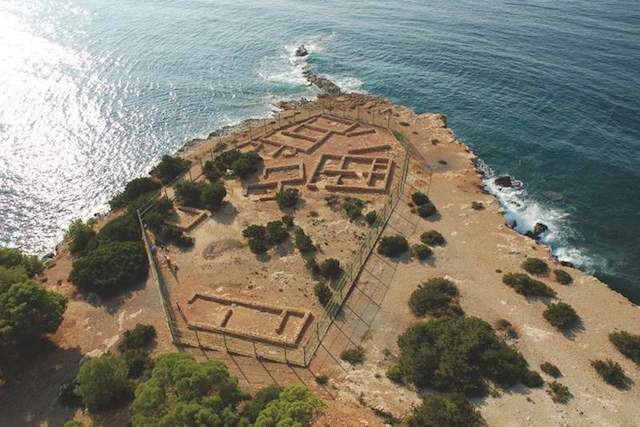
It was the first settlement founded by the Phoenicians in the VII b.C. when they arrived in Ibiza. You can enjoy the view and imagine the beauty they found when they landed on the island. The red earth that contrasts with the blue sea is always impressive.
Fue el primer asentamiento fundado por los fenicios en el VII a. C. cuando llegaron a Ibiza. Merece la pena visitar el promontorio que lo hospeda, seguramente para la vista que tiene y para que podais imaginas la belleza que encontaron cuando aterrizaron en la isla. La tierra roja que contrasta con el azul del mar es siempre un espectáculo de la naturaleza.
E’ il primo insediamento fondato dai Fenici nel VIII a. C. quando arrivarono ad Ibiza, ma vale la pena fare una passeggiata sul promontorio che lo ospita, sia per la bellissima vista sia per immaginare la bellezza che trovarono quando sbarcarono sull’ isola. La terra rossa che contrasta con l’azzurro del mare è sempre uno spettacolo della Natura.
2. Es Culleram
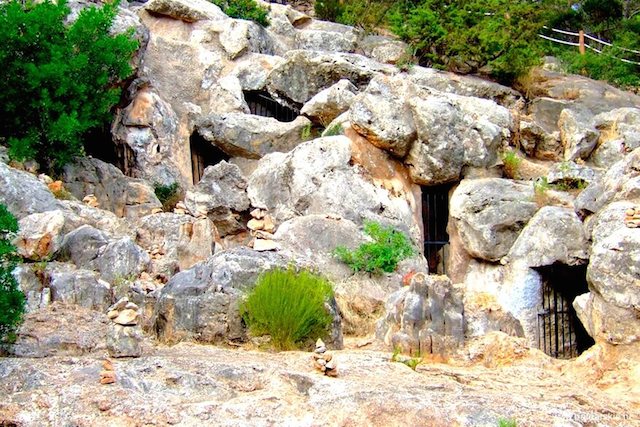
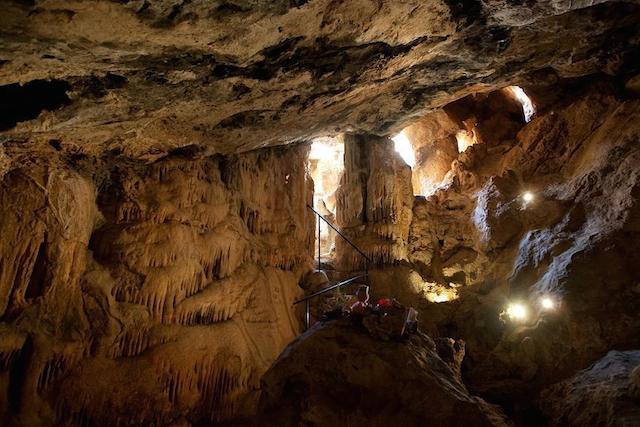
It is located in the north of island on the road between Cala San Vicente and San Juan. It is a natural cave used as a sanctuary by Phoenician. It was discovered at the beginning of XX century and they found numerous votive statues dedicated to the Carthaginian goddess Tanit, who is still loved and considered the protector of’ island. You can admire the artifacts at the Museum of the Necropolis of Puigs des Molins.
Se encuentra en el norte de la isla en la carretera que va de Cala San Vicente hasta San Juan, y es una cueva natural que fue utilizada como santuario en la época fenicia. Fue descubierta a principio del siglo XX de 1900 y en ella se encontraron numerosas estatuas votivas dedicadas a Tanit, la diosa cartaginesa, que sigue todavia considerada la protectora de la isla. Se pueden admirar los artefactos en el Museo de la Necrópolis de Puig des Molins.
Si trova nel nord dell’ isola nella strada che porta da Cala San Vicente a San Juan, ed è una cavità naturale utilizzata come santuario ai tempi dei Fenici. Fu scoperta all’ inizio del 1900 e al suo interno vi trovarono numerose statue votive dedicate a Tanit, la dea cartaginese, amata ancor oggi e considerata la protettrice dell’ isola. Si possono ammirare i manufatti al Museo della Necropoli del Puigs des Molins.
3. Puig des Molins
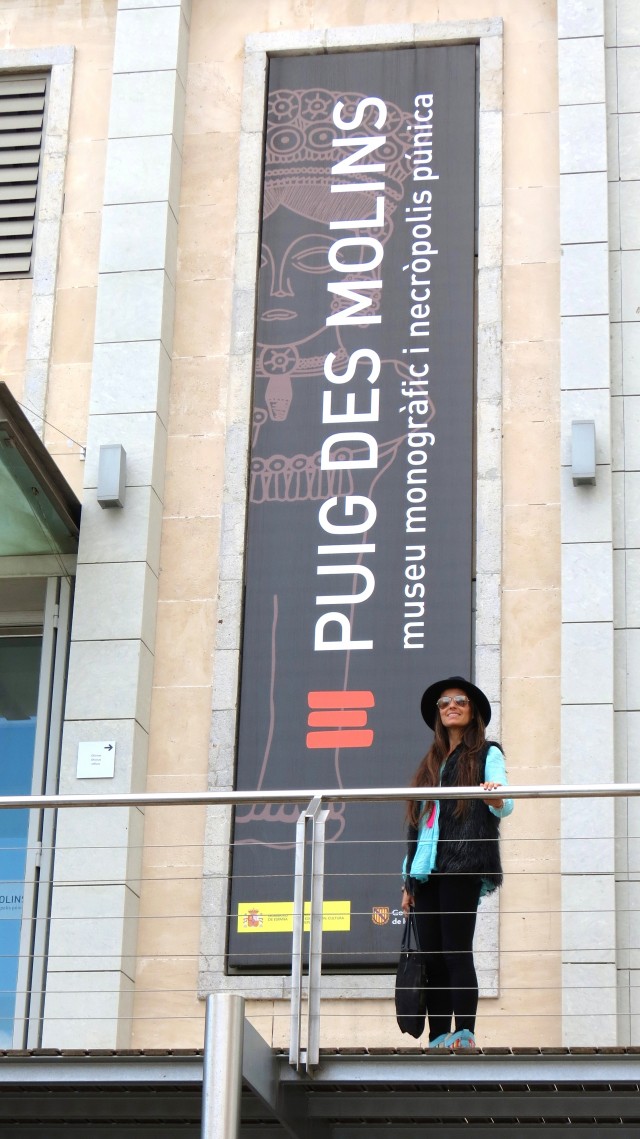
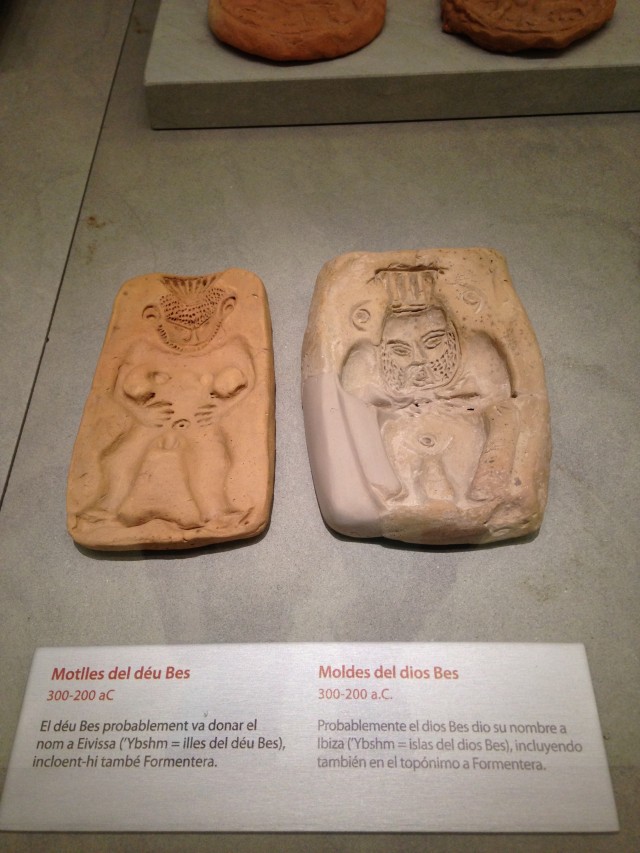
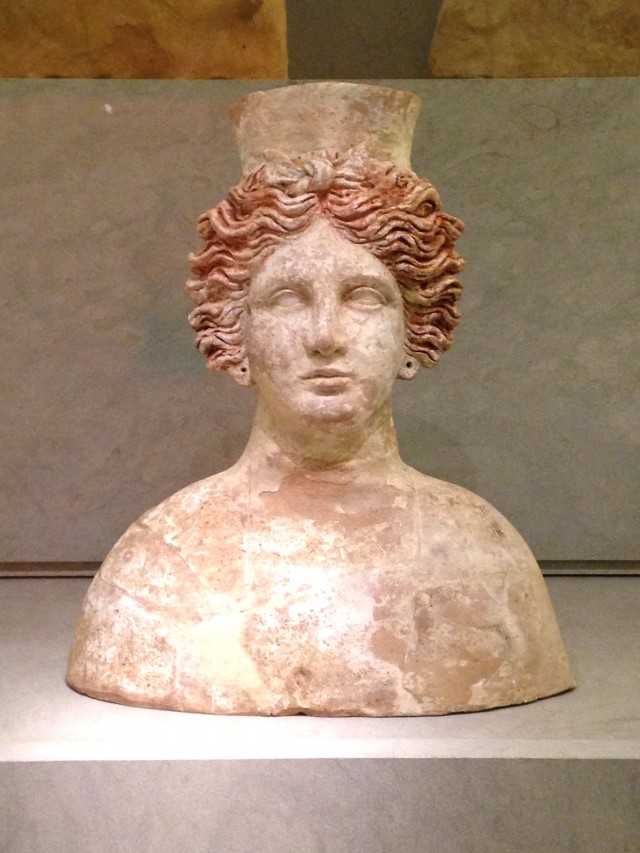

The most important museum in the island with the biggest collections of Punic-Phoenician remains. You ou can visit different types of burial. Read more here.
Ahora mismo es el museo mas importante de la isla, ya que el museo arqueologico de Dalt Vila està cerrado, y tiene una de las mayores colecciones de restos púnico-fenicio. Se pueden visitar los diferentes tipos de enterramientos del yacimiento. Leer mas aqui.
Il museo della necropoli del Puig des Molins è il più importante dell’ isola per potere apprezzare i reperti fenicio- punici trovati nei vari insediamenti, tra cui la famosa grotta di Tanit di Sa Culleram. Se volete saperne di più leggete il mio post qui.
4. Ses Paisses de Cala D’ Hort
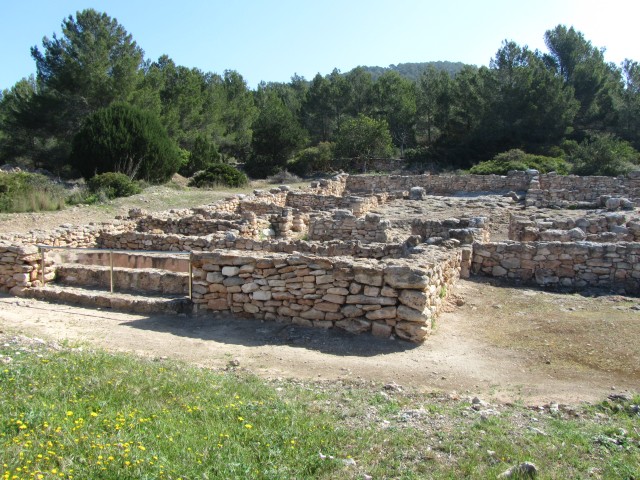
Visit the ancient archaeological site dating at Punic-Roman period. Enjoy the beautiful view of Es Vedra.
Os consejo de visitar el sitio arqueológico de epoca púnico-romana sobretodo para disfrutar de una maravillosa vista de Es Vedra.
Visitate l’ antico sito archeologico di epoca punico-romana che vi regalerà una bellissima vista su Es Vedrà.
5. Roman aqueduct of S ‘Argamassa- Acueducto romano de S’ Argamassa- Acquedotto romano di S’ Argamassa
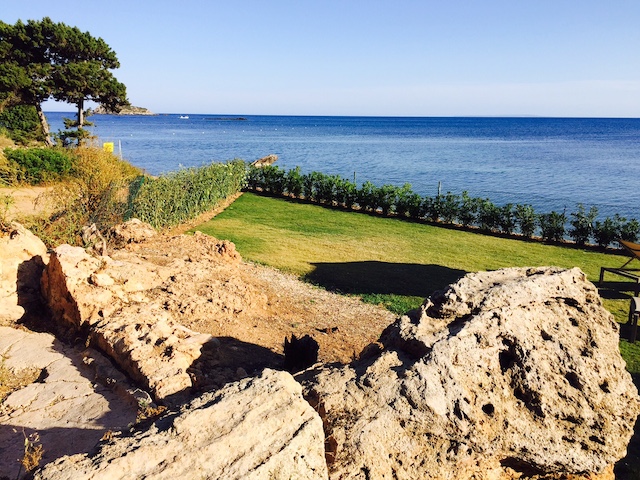
It ‘s a monument dating at the roman period located in the municipality of Santa Eulalia, between Cala Pada and S’ Argamassa. You can get there by following the signs to Cala Martina and turning right for Sa Trenca; you’ll find it on the right in its 425 meters with other architectural structures discovered by arquaeologists. Unfortunately, hotels some have been built just nearby.
Es un monumento de epoca alto-imperial ubicado entre S ‘Argamassa y Cala Pada, cerca de Santa Eulaloa. Se puede llegar siguiendo las indicaciones a Cala Martina y girando a la derecha por Sa Trenca; Lo podeis ver a la derecha en sus 425 metros de largo que han quedado y que llegan hasta al mar donde se han descubierto otras estructuras arquitectónicas de la que queda muy poco. Desafortunadamente le construyeron hoteles muy muy cerca.
E’ un monumento di epoca Alto imperiale che si trova nel comune di Santa Eulalia, tra S’ Argamassa e Cala Pada. Potete arrivarvi seguendo le indicazioni per Cala Martina e girando a destra per Sa Trenca; lo troverete sulla destra nei suoi 425 metri rimasti che arrivano fino al mare dove son state scoperte altre strutture architettoniche di cui rimane veramente poco. Purtroppo la costruzione di strutture alberghiere adiacenti non ne permette la valorizzazione.
6. Torre di Sa Sal Rossa o des Carregadores



This special place is located bewtween playa d’en Bossa and Es Cavallet. If you want to know more read here.
Entre playa d’en Bossa y Es Cavallet podeis llegar a este sitio muy especial. Leer mas aqui.
Tra Playa d’ en Bossa e la spiaggia di Es Cavallet, una bellissima passeggiata vi condurrà in questo luogo veramente speciale tra natura e storia.
Se volete saperne di più leggete il mio post qui.
7. Dalt Vila
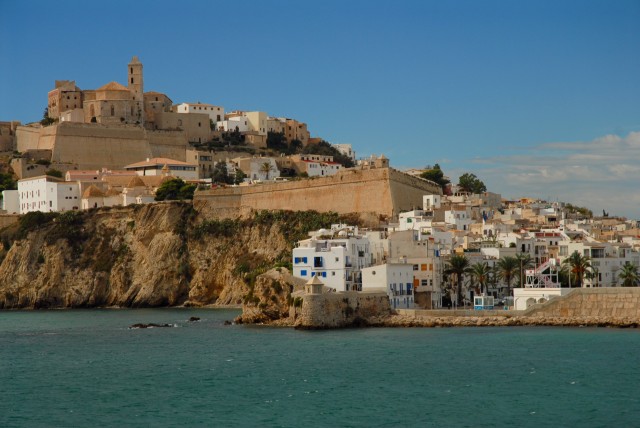
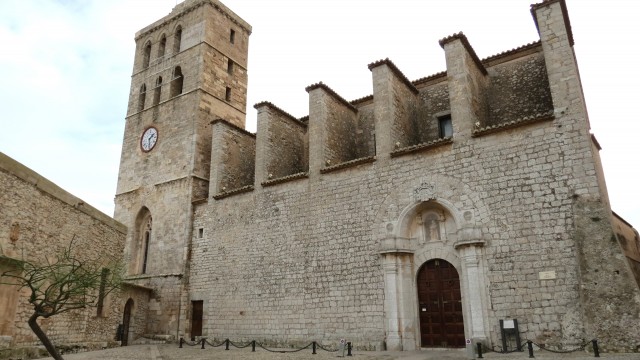
 The old town, whose fortification built by Italian architect G. Calvi in the XVI century is declarated world heritage site by UNESCO since 1999.
The old town, whose fortification built by Italian architect G. Calvi in the XVI century is declarated world heritage site by UNESCO since 1999.
La ciudadela fortificada fue construida por el arquitecto italiano G. Calvi en el siglo XVI y patrimonio de la UNESCO desde 1999.
Dalt Vila, la cittadella fortificata le cui mura costruite dall’architetto italiano G. Calvi nel XVI sec. sono patrimonio dell’ Unesco dal 1999.
8. Puig d’en Missa



Go for a walk in Puig d’en Missa, the old city of Santa Eulalia. You will enjoy the magnificent view and you can visit the Museum of Ethnography of Ibiza, with an important collection which shows the traditional rural ambient of Ibiza and also a good example of its traditional architecture.
Os consejo de dar un paseo por Puig d’en Missa, la parte antigua de Santa Eulalia, que ademas de disfrutar de la vista magnifica podeis visitar la casa payesa que alberga el Museu d’Etnografia d’Eivissa, con una importante colección museográfica del ámbito rural pitiuso tradicional ademas de ser un buen ejemplo de la arquitectura tradicional pitiusa.
Vi consiglio di dedicare una mattinata alla visita di Puig d’en Missa, la parte antica di Santa Eulalia. Oltre la bellezza del panorama che si staglia a quasi a 360° nell’ area circostante potrete visitare la casa contadina che ospita il museo etnografico di Ibiza.
9. Villages and white churches-Pueblos y sus iglesias- Paesini e chiesine

Don’t miss to visit all the little villages around the island with their beautiful white little churches.
No deje de visitar todos los pueblos alrededor de la isla con sus pequeñas iglesias blancas.
Andate alla scoperta di tutti i piccoli villaggi che ci sono nell’ isola e potrete apprezzare le piccole chiese bianche, alcune fortificate, che li rappresentano.
10. Defense Tours- Torres de defensa -Torri di difesa
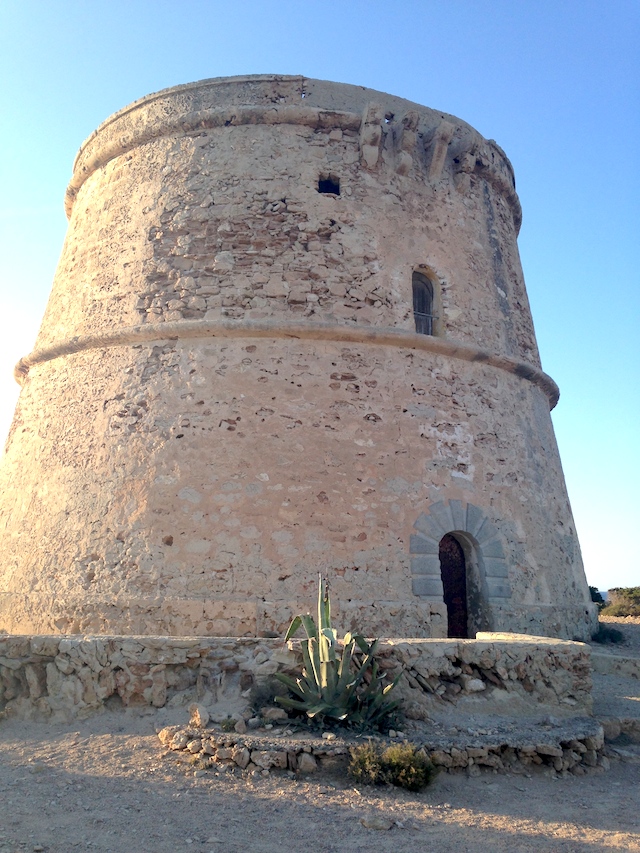
There are severals defense tours around the island. Discover them and take a walk to enjoy the beautiful view.
Hay numerosas torres de defensa por toda la costa de la isla. Os consejos de organizar paseos para ir a verlas y disfrutar de la vista que ofrecen.
Ci sono numerosi torri di difesa sparse sull’ isola nella zona di costa. Potete fare delle belle passeggiate per raggiungerle ed ammirare il panorama.



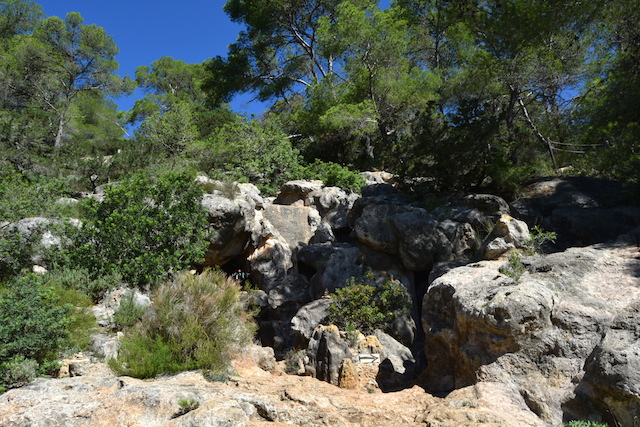

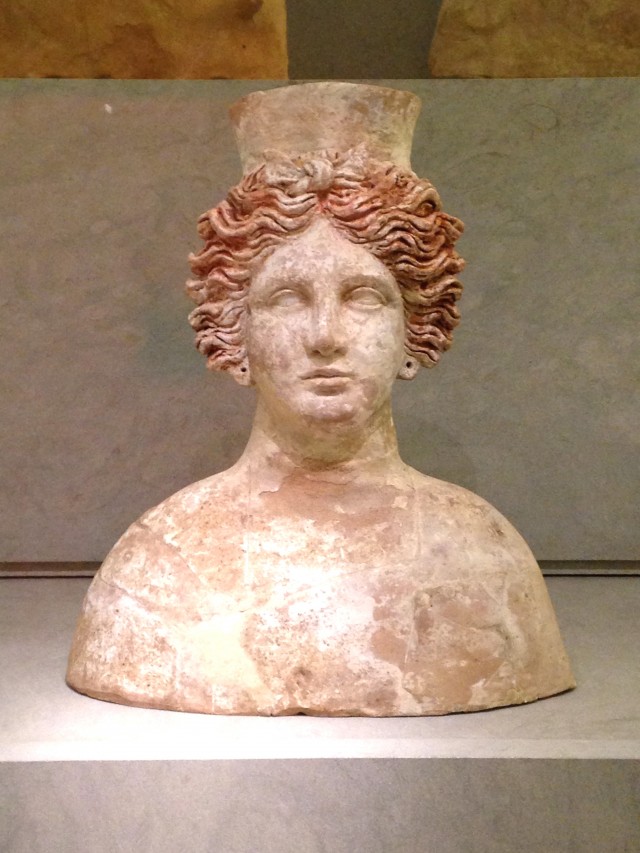
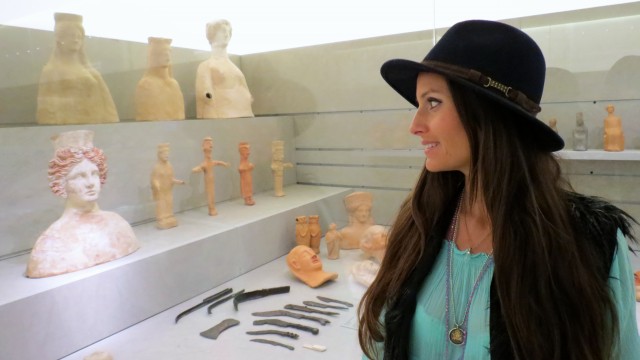



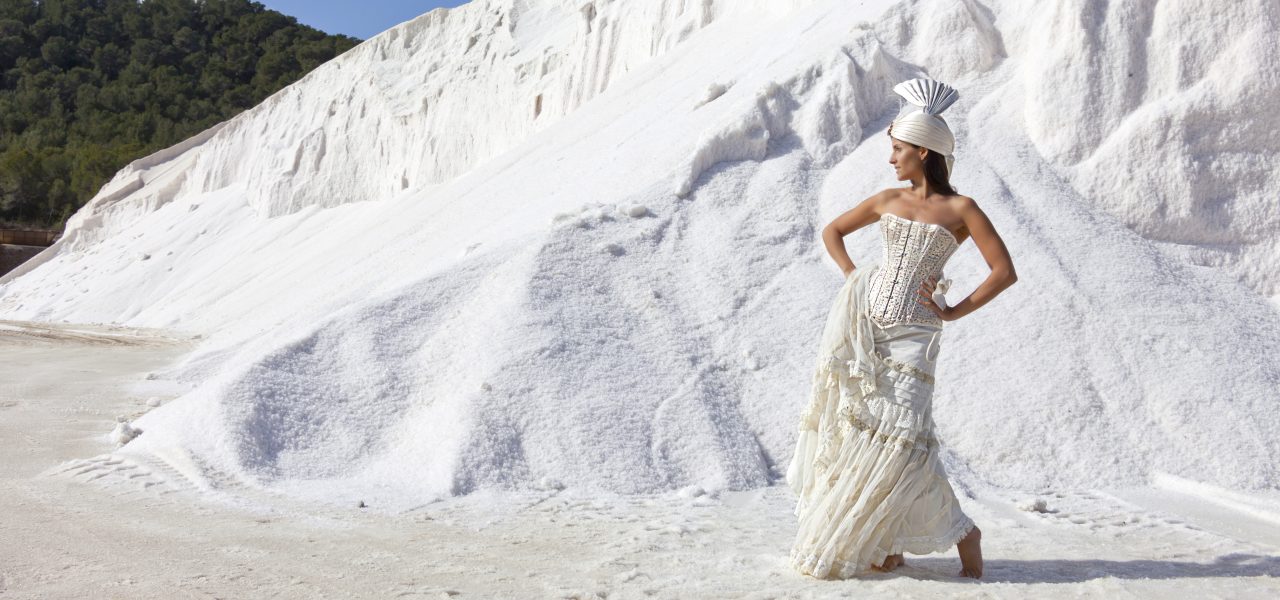
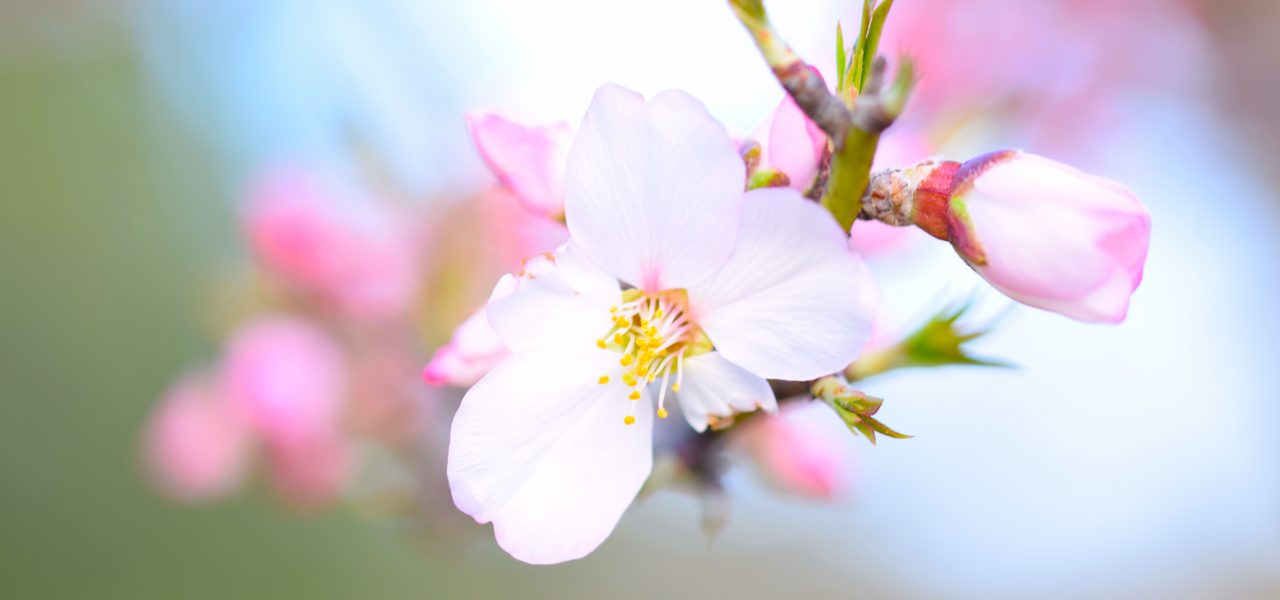

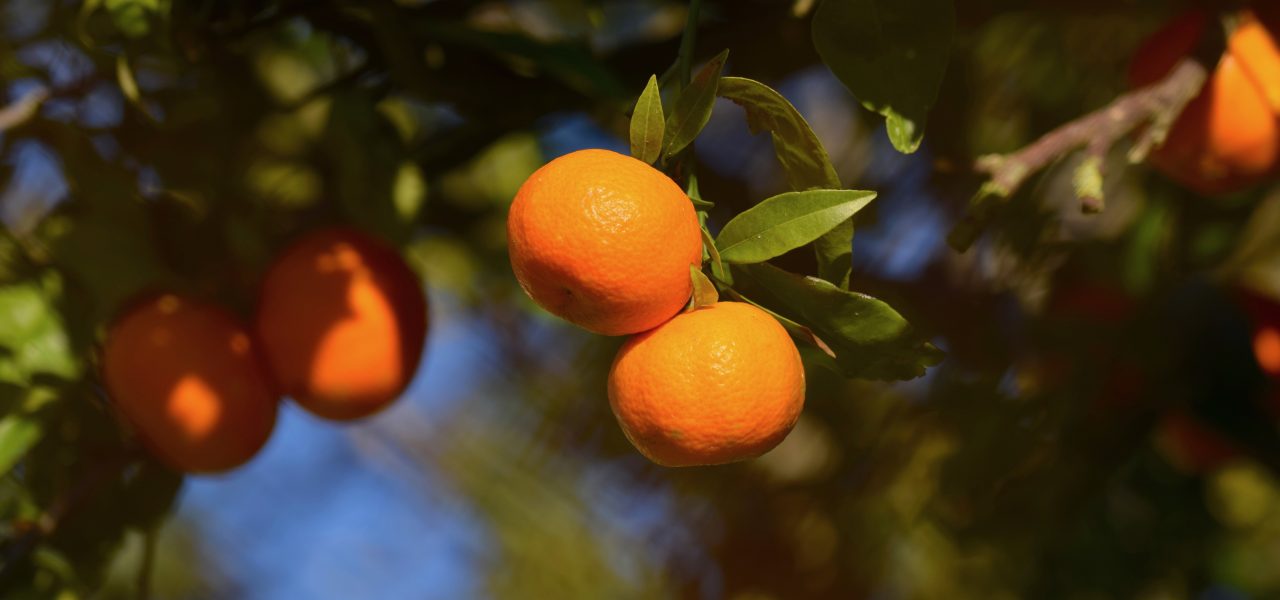
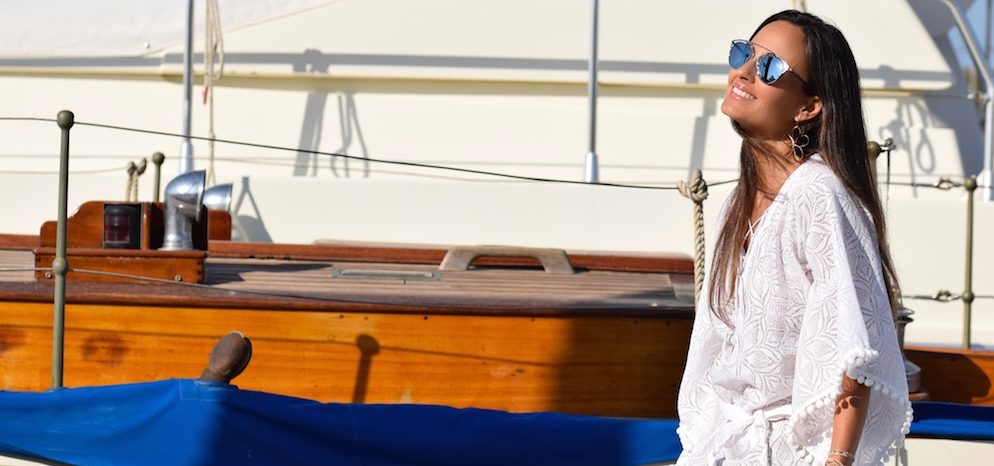
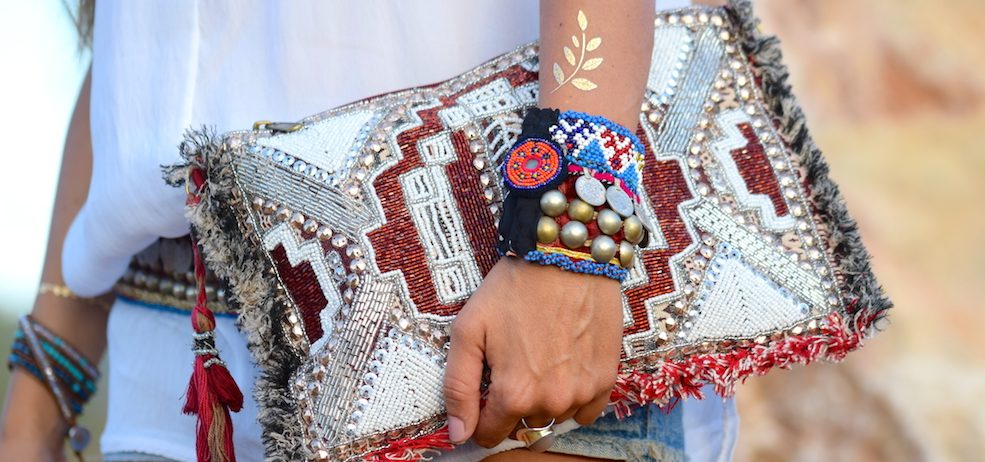














 The old town, whose fortification built by Italian architect G. Calvi in the XVI century is declarated world heritage site by UNESCO since 1999.
The old town, whose fortification built by Italian architect G. Calvi in the XVI century is declarated world heritage site by UNESCO since 1999.




